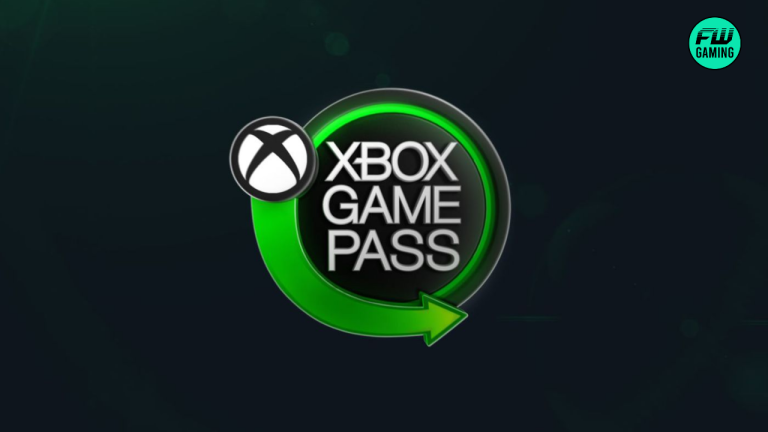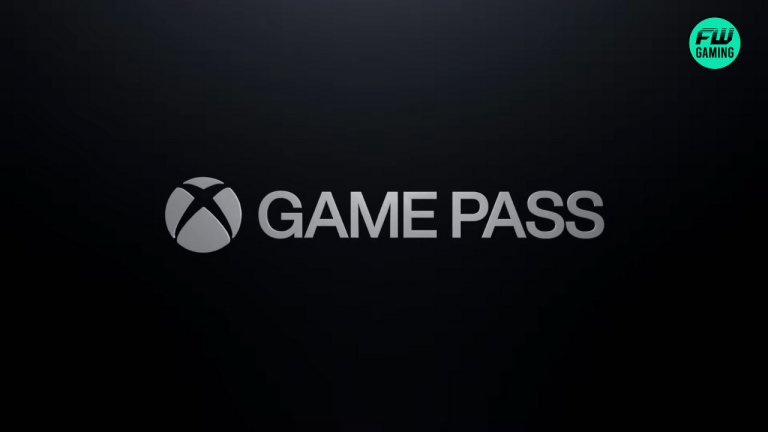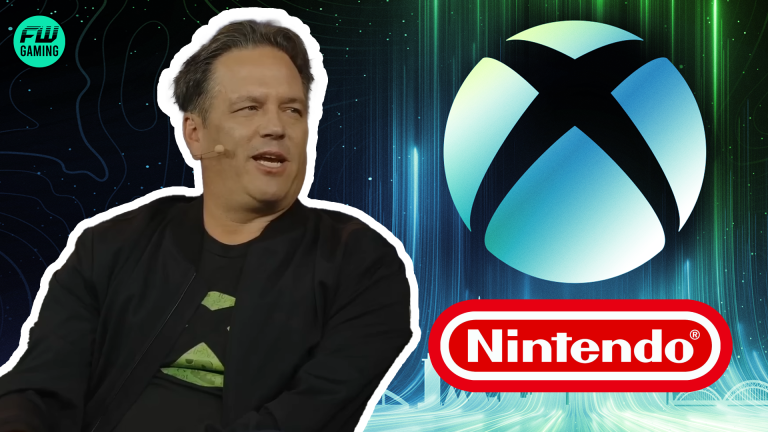Starfield is the buzzword in the gaming community with gamers still discovering something new about the title and praising the visual spectacle of a game. Bethesda’s nearly decade-old Creation Engine has also been praised a lot as players experience solar eclipses and dynamic orbit in the game that hasn’t been seen in a space adventure before.
One of the most discussed aspects of the game, however, is the locked FPS on the current generation Xbox Series consoles, which is unlocked on desktops. This hasn’t stopped Digital Foundry from finding out the truth about the locked FPS on consoles, and this is how they did it.
Gamer Starts Starfield On An iPhone Using Xbox Cloud Gaming, Shares Experience
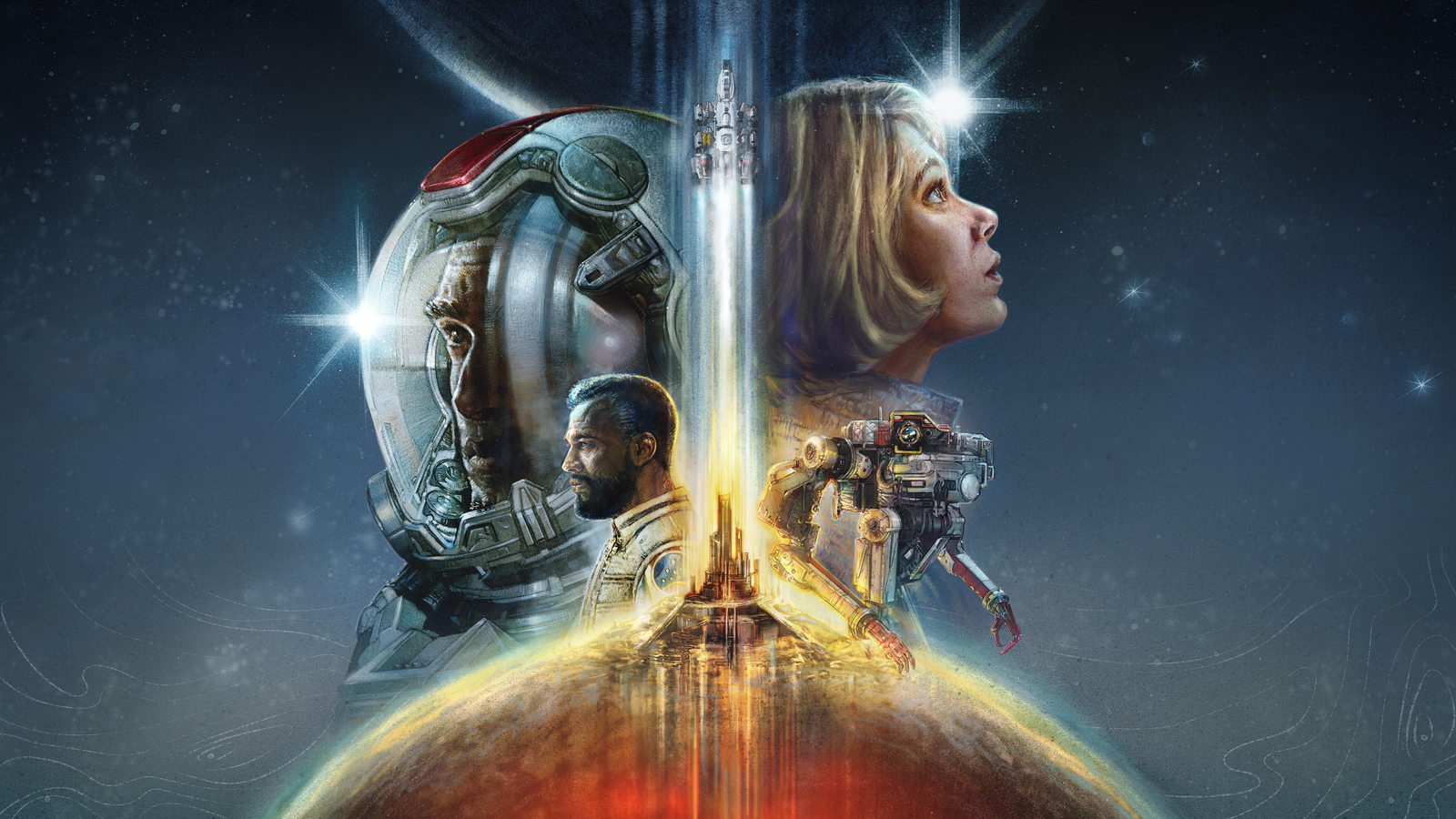
Axios writer and gamer, Stephen Totilo, started playing Starfield for the first time after launching the game on his iPhone. As he was an Xbox GamePass Ultimate subscription, he was able to make use of Xbox Cloud Gaming to stream Starfield from the GamePass library on his iPhone, which was connected to a Backbone controller.
Totilo shared his eventful experience while he was on a highway drive in the passenger seat, and mentioned how he had a smooth gameplay in the game’s initial few stages.
Once he lost network for a bit, however, he went on to mention that the game lagged and got worse over time. It wasn’t until he restarted the game with a proper network connection that he got to continue playing the game smoothly again, on his iPhone.
While this wasn’t an ideal way to play Bethesda’s masterpiece, the Xbox Series consoles have also been disappointing fans with the locked FPS that didn’t let them experience the game the way it was meant to be.
Also Read: Need Money Fast in Starfield? Here’s How
Digital Foundry Rebuild An Xbox Series X Console Model To Test 60 FPS Gameplay

Guys over at Digital Foundry are known to review hardware, and they couldn’t resist the chance to test whether or not an Xbox Series X could have performed well if it wasn’t locked at 30fps. They built a replicated model that has the specs as close to an Xbox Series X as possible.
They used the AMD 4800S Desktop Kit and replaced the GPU with the RX 6700 instead of Xbox’s RDNA 2 core which sadly, couldn’t be sought.
AMD’s FidelityFX Super Resolution 2 (FSR 2) is used for temporal upscaling and while the team at Digital Foundry ran Starfield with FSR 2 enabled, the resulting gameplay performed in 60fps only occasionally.
They performed this run with no dynamic resolution scaling. The team was able to achieve a run between 30 and 40fps at 4K resolution. To test out the Series S resolution of 1440p though, the game ran at a stable 40fps with occasional 60fps runs.
The team concluded that while Bethesda could have added an optional 40fps at 120hz option to the console for stable performance, there’s no conclusive way of knowing if the consoles could have handled 60fps gameplay.
Also Read: Starfield In-Game Universe Reverses 17 Year Old Decision That Changed Our Solar System Forever
Todd Howard Has Defended the 30 FPS Lock On Xbox Consoles
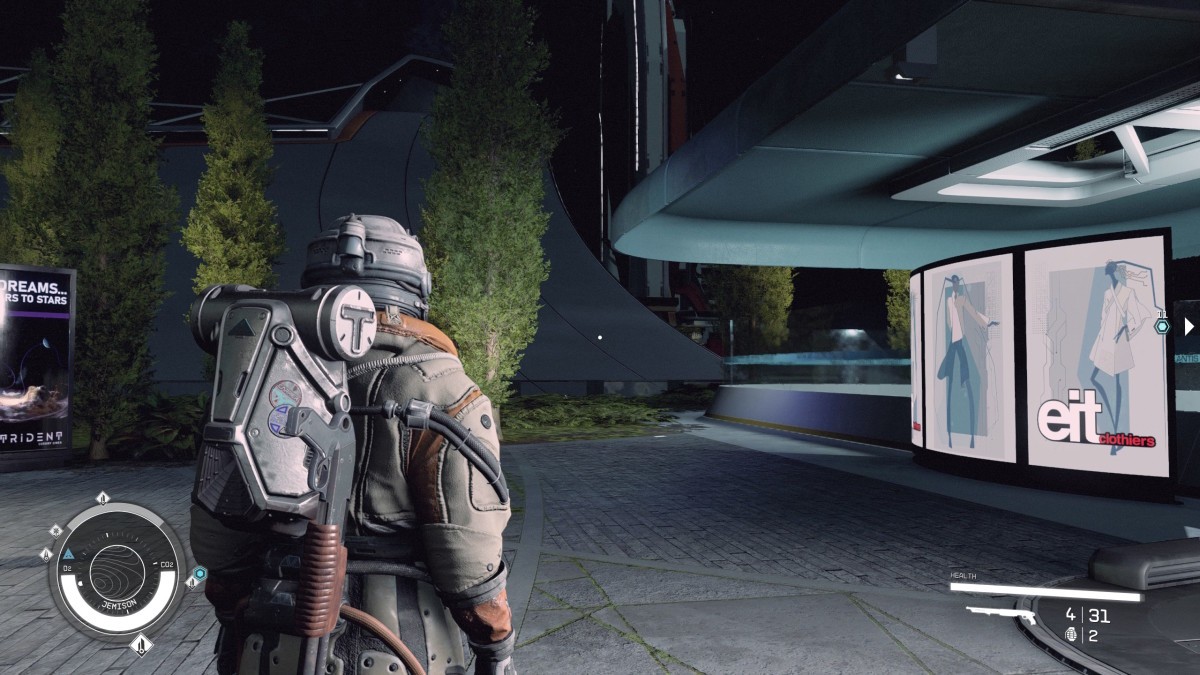
Prior to the release of Starfield, in an interview with IGN, Starfield Game Director, Todd Howard, explained the reasoning behind Bethesda’s decision to lock the framerate on Xbox consoles.
He explained the approach was taken by keeping the game’s performance in mind, as smooth gameplay at 30fps was preferred over unstable gameplay at 60fps. Todd explained that they needed that headroom to stay safe from any unknown game-breaking bugs.
Xbox Series X is capable of running Starfield at 4K resolution and Series S is capable of running the game at 1440p and every decision taken by Bethesda prior to launch has been seen to bear fruits.
Post release, gamers aren’t complaining much as Starfield has performed brilliantly on the two Xbox Series consoles, squashing any doubts or fears about the game’s visual experience.
What do you think of the 30 FPS lock for Xbox consoles? Do you wish you had the ability to change the frame rate? Make sure to leave a comment and let us know.
Source: Digital Foundry YouTube
Follow us for more entertainment coverage on Facebook, Twitter, Instagram, and YouTube.


